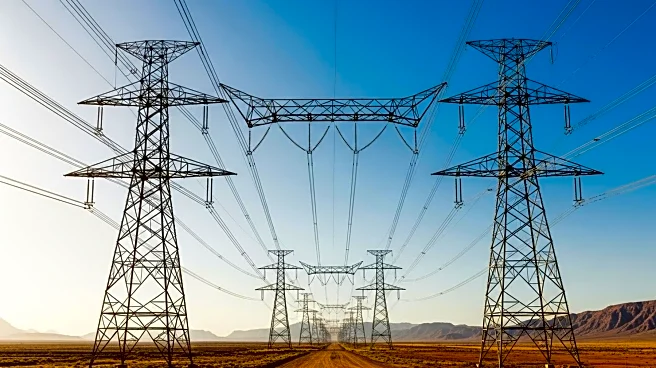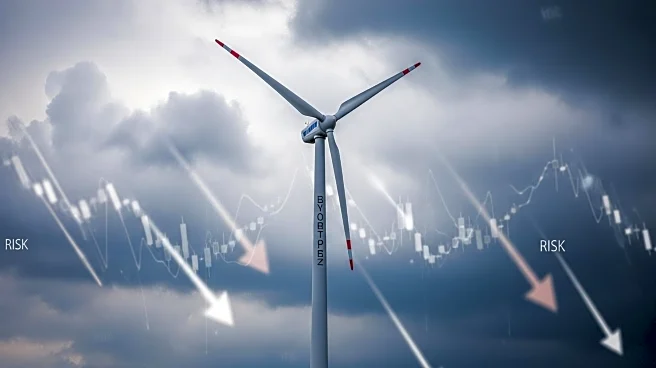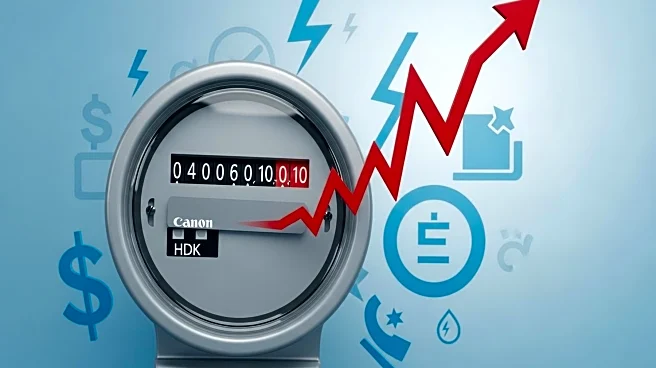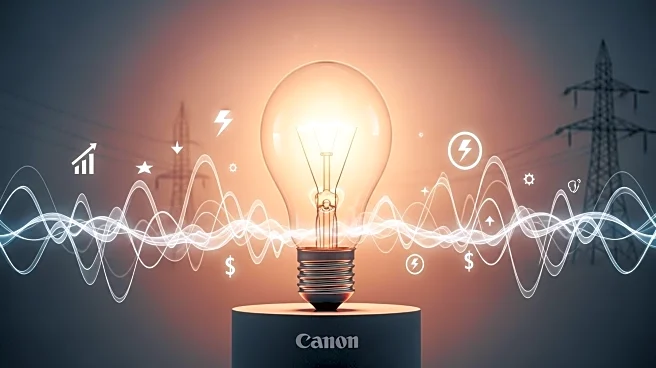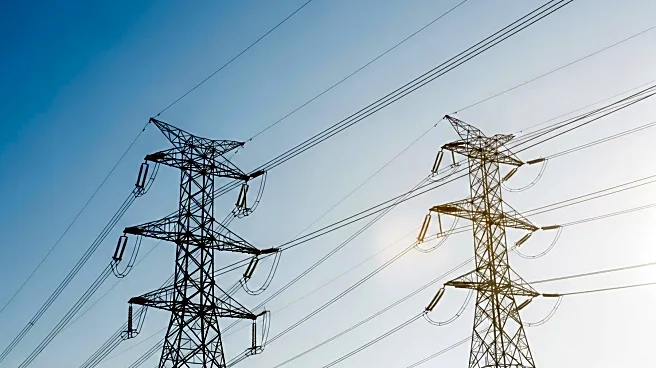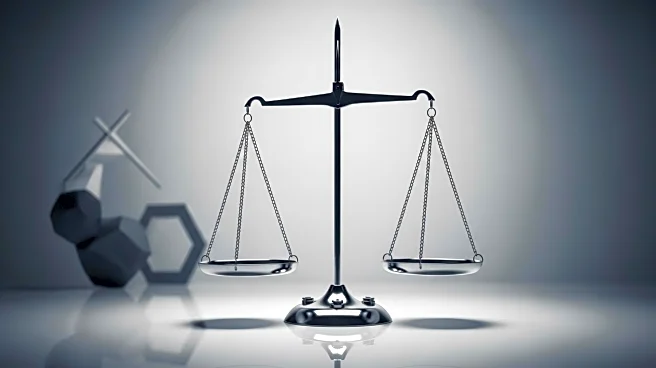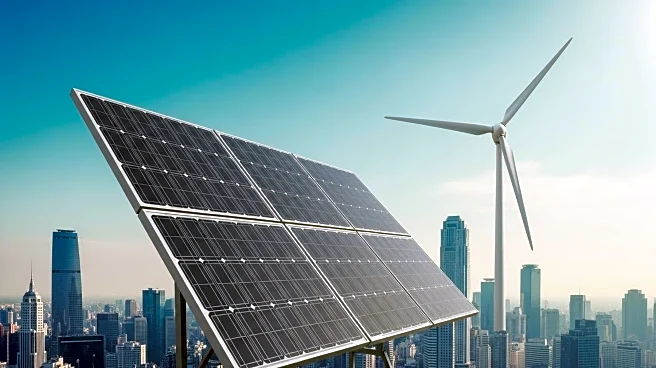What is the story about?
What's Happening?
Residential electricity rates in the U.S. have increased by 6.6% over the past year, with significant hikes in states like Maine, the District of Columbia, and New Jersey. The U.S. Energy Information Administration reports that natural gas prices have also risen, contributing to higher electricity costs. The Center for American Progress attributes these increases to rising natural gas prices and growing demand, particularly from sectors like artificial intelligence data centers. Over 100 utilities have proposed or implemented rate hikes, potentially raising Americans' total electric bills by $67 billion.
Why It's Important?
The increase in electricity rates reflects broader economic pressures, including the rising cost of natural gas and the demand for infrastructure upgrades. These factors are straining household budgets and could lead to increased scrutiny of utility companies and their pricing strategies. The situation also highlights the need for investment in renewable energy sources to stabilize prices and reduce reliance on fossil fuels. Policymakers and regulators may face pressure to address these issues to prevent further economic strain on consumers.
What's Next?
As electricity rates continue to rise, there may be increased calls for regulatory intervention to protect consumers. Utilities may face pressure to justify their rate increases and explore alternative energy sources. The ongoing debate over energy affordability could influence future policy decisions and impact the political landscape, particularly in states heavily affected by rate hikes.
AI Generated Content
Do you find this article useful?



